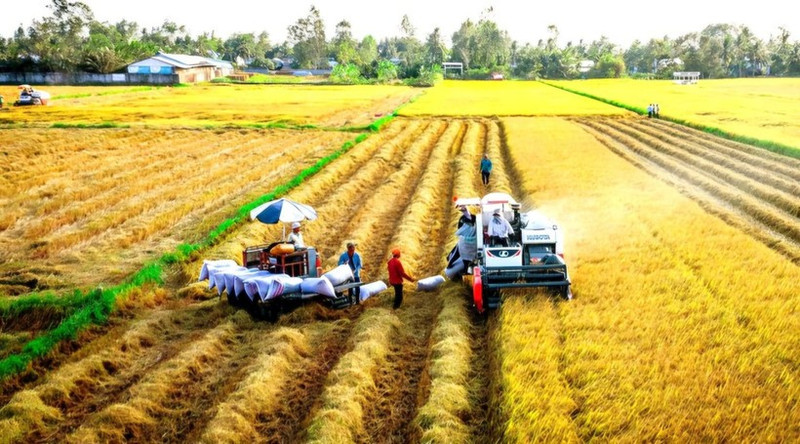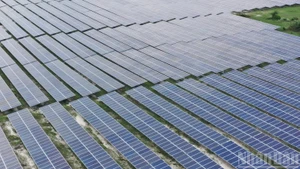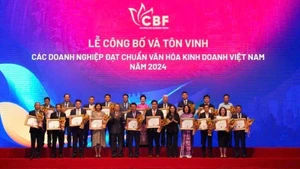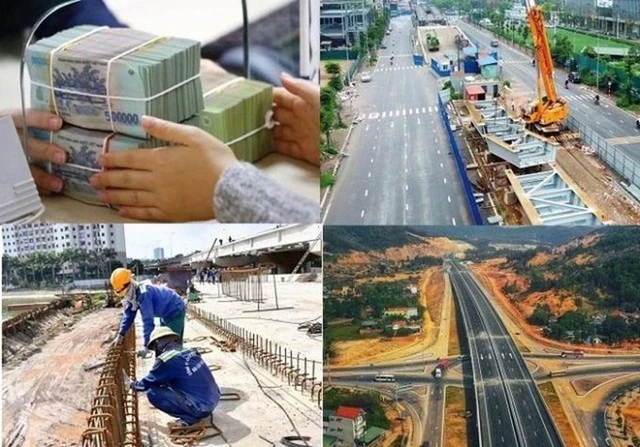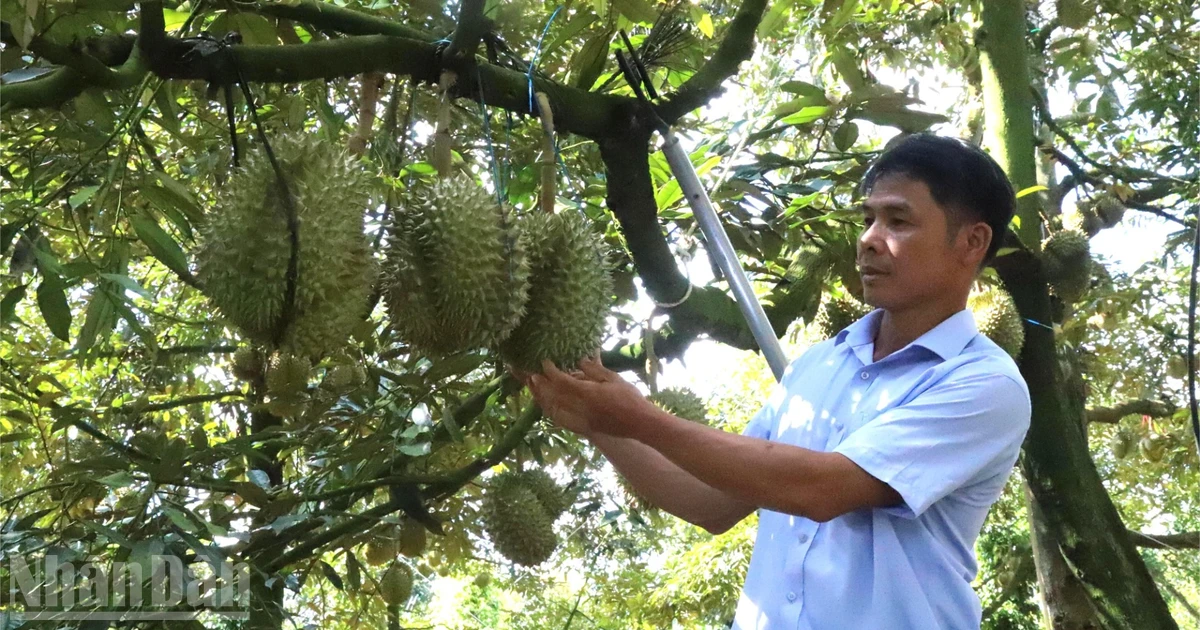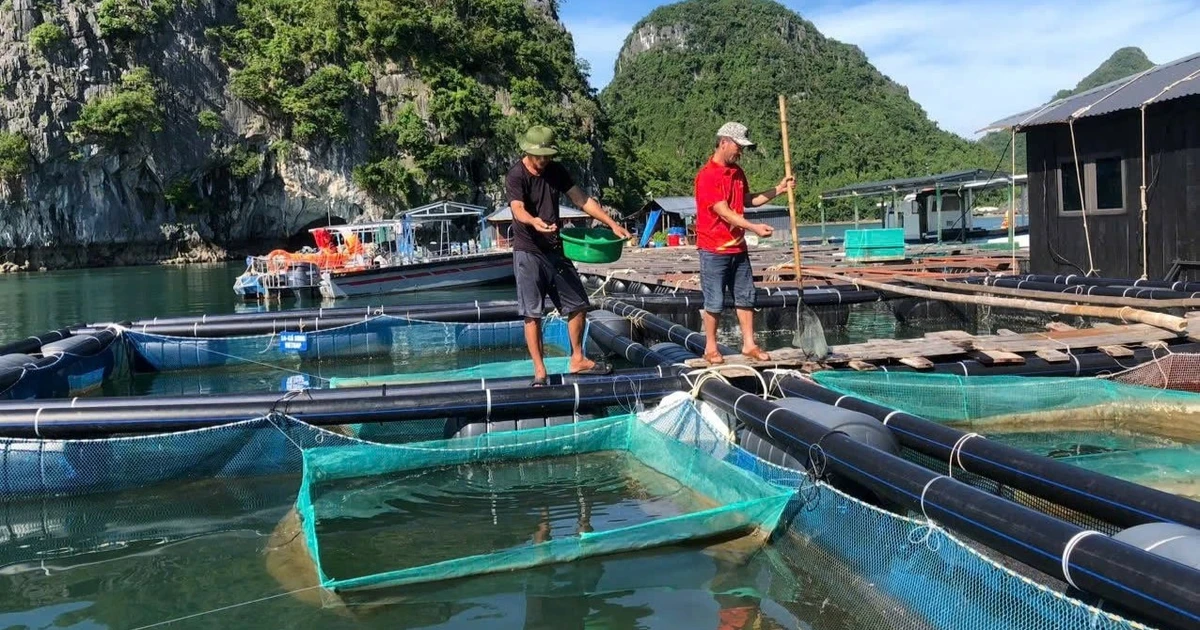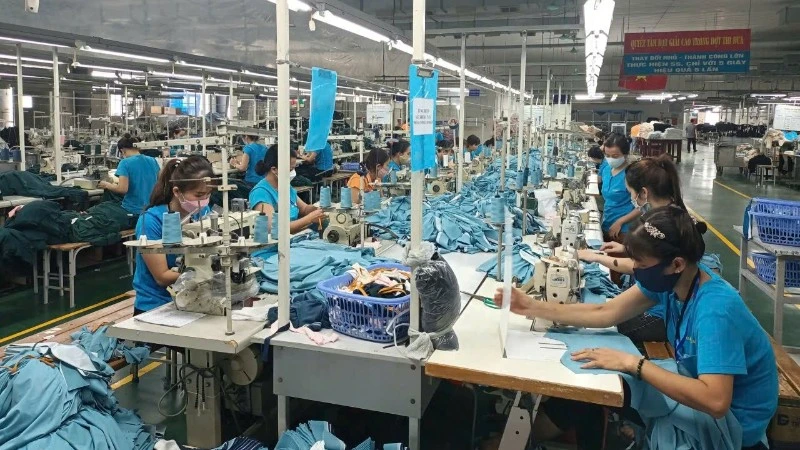A lever for sustainable development
Approved by the Prime Minister under Decision No. 1658/QD-TTg dated October 1, 2021, the National Green Growth Strategy for 2021–2030, with a vision to 2050, builds upon the previous 2011–2020 period. It sets out to restructure the economy in connection with innovating the growth model, aiming to achieve economic prosperity, environmental sustainability, and social equity; working towards a green, carbon-neutral economy that contributes to limiting global temperature increases.
The strategy is being implemented through various action programmes and specific plans from the Government, ministries, and localities, focusing on key tasks such as reducing the intensity of greenhouse gas emissions; greening economic sectors; promoting sustainable consumption and lifestyles; and refining incentive policies and mechanisms for green growth activities.
According to the International Labour Organization (ILO), green jobs are essentially sustainable employment across all sectors (agriculture, industry, services, and public administration) that contribute to conserving, restoring, and improving the environment. Green jobs help minimise the environmental impact of businesses and economic actors, paving the way toward a sustainable future.
In reality, Viet Nam's labour market for green jobs is still in its infancy but holds significant growth potential. The development of renewable energy, organic agriculture, and environmental industries has created new job opportunities in solar and wind energy system design, installation, operation, and maintenance; green technology consulting and certification; and organic product production and processing. Many traditional occupations are now being "greened", requiring workers to update their knowledge and skills. Civil engineers need to understand green buildings; architects must master sustainable design; farmers need to adopt organic farming techniques. Green jobs currently account for only 3.6% of total employment in Viet Nam, but the trend is clearly increasing.
According to the World Bank, by 2030, Viet Nam will require approximately 3.2 million high-skilled workers in renewable energy and energy efficiency. By 2025 alone, there are already about 1.7 million green jobs in Viet Nam, and this number is expected to grow. Green jobs often demand higher skill levels, offer better working conditions, and provide more attractive salaries. Workers gain opportunities to learn and acquire new skills related to green technology and sustainable management, aligning with the needs of a modern economy. Green investment projects also tend to require a highly qualified workforce, which in turn drives domestic human resource development.
Opportunities and challenges alike
According to the World Economic Forum's "Future of Jobs Report 2025", the shift to a green economy requires a workforce equipped with the relevant skills and knowledge. However, Viet Nam's labour market still faces several obstacles. Awareness of green growth and green jobs remains limited, particularly within communities, businesses, and the human resource development sector. There is currently no legal framework specific to green job development, and the term "green job" has yet to appear in any formal legal documents. Viet Nam's economic growth model still largely relies on resource extraction, high energy consumption, and significant environmental pollution. Green sectors remain small in scale and mainly attract unskilled labour. These factors present significant challenges to the transition to a green economy and the promotion of green employment.
Many experts identify the green skills gap as the biggest challenge. Many green jobs require new and specialised skills that current education and training systems are not yet equipped to provide. The shift from "brown" (resource-intensive and polluting) industries to green ones necessitates large-scale reskilling and upskilling. According to LinkedIn's 2024 Global Green Skills Report, only one in eight workers worldwide possesses one or more green skills, while demand for green jobs rose by 15% in 2023 alone. This calls for a well-planned, long-term training strategy to address the green skills gap and prepare for the labour market shift from brown to green sectors.
Another emerging challenge is that the development of artificial intelligence (AI) could exacerbate inequalities in access to green job opportunities. Low-skilled workers may be left behind if they are not prepared or unable to transition in a timely manner.
In recent years, some universities and vocational training institutions in Viet Nam have begun developing green skills training programmes. Since 2014, the German development cooperation programme GIZ has implemented green pilot projects at 11 colleges; supported the vocational education system in training and upskilling teachers and trainers in green subjects; developed core green training modules; produced a variety of green communication materials; and piloted various green initiatives. Between 2018 and 2020, over 320 new output standards were issued for 160 vocational training programmes, with updated green content to equip learners with green skills.
To overcome challenges and seize opportunities, bold and coordinated measures are needed to promote green jobs and a workforce that meets labour market demand.
Firstly, awareness of green employment must be raised. Society, businesses, and workers must recognise the significance and benefits of a green economy and green jobs, as well as the opportunities available in green sectors. A culture of sustainability should be fostered across organisations, enterprises, and communities.
Secondly, education and training must be reformed to align with green growth objectives. Curricula should be updated at all levels to integrate knowledge and skills related to the green economy, digital technology, AI, and soft skills, particularly in higher and vocational education. Teacher capacity in sustainability and emerging technologies should be enhanced. New training programmes tailored to green sector labour needs must be developed. Reskilling and upskilling opportunities should be provided for workers to adapt to new demands and interact effectively with AI. Short-term, flexible vocational courses should also be offered for specific green jobs.
Thirdly, a sustainable green labour market must be established. Policies should be enacted to encourage businesses to invest in green technologies and create green jobs (such as tax incentives, green credit, and market access support). Markets for green products and services must be developed. A green labour market information system is needed to supply data on recruitment demand, the skills required, and training opportunities. Mechanisms and policies must support job transitions, green job creation, and worker reskilling, especially for those affected by economic restructuring in brown industries.
Green job development is both an urgent need and a major opportunity for Viet Nam to pursue a sustainable, prosperous, and equitable future. With determination from the Government, the involvement of businesses and society, and the implementation of strategic, well-coordinated solutions, Viet Nam can fully grasp this opportunity to build a vibrant green labour market that contributes to national sustainable development and the global goal of environmental protection.
